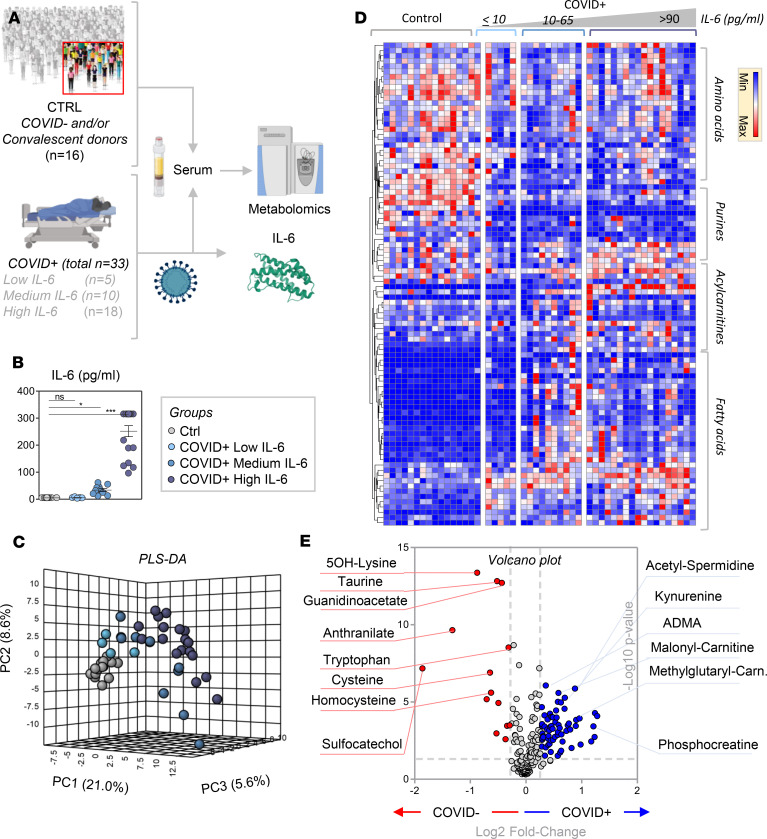Figure 1. Metabolomics analysis of patients with COVID-19.
(A) Forty-nine subjects were studied, of which 16 were COVID-19–negative and 33 were COVID-19–positive patients, as determined by nucleic acid testing of nasopharyngeal swabs. IL-6 levels were determined during routine clinical care using a clinically validated ELISA (B), and the results were used to divide COVID-19–positive patients into groups with low (≤10 pg/mL), medium (10–65 pg/mL) and high (>90 pg/mL) IL-6 levels (although IL-6 levels were treated as a continuous variable, no patients had a result of >65 but ≤90 pg/mL). Sera were obtained from these subjects for metabolomics analyses. Asterisks indicate significance by ANOVA (1-way ANOVA with Tukey’s multiple comparisons, *P < 0.05; **P < 0.01; ***P < 0.001; ****P < 0.0001). (C) The serum metabolic phenotypes of COVID-19–positive patients substantially differed from controls by PLS-DA. (D) Hierarchical clustering analysis highlighted a significant impact of COVID-19 and IL-6 levels on amino acid metabolism, purines, acylcarnitines, and fatty acids. A vectorial version of this figure is provided in Supplemental Figure 2. (E) The volcano plot derived from a targeted metabolomics analysis highlights the top serum metabolites that increased (shown in blue) or decreased (shown in red) in COVID-19–positive patients, as compared with controls.

